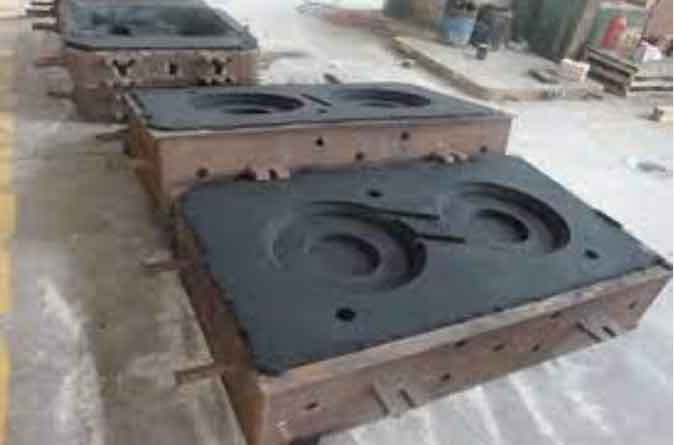
Precision engineering with furan sand casting is a manufacturing process that allows for the production of complex metal components with high dimensional accuracy and surface finish. Furan sand casting is a type of sand casting method that uses furan resin as a binder for the sand mold.
Here’s an overview of the process and how it enables the creation of complex metal components:
- Pattern Creation: The first step in furan sand casting is to create a pattern of the desired metal component. The pattern is typically made from wood, plastic, or metal and represents the final shape of the component.
- Mold Preparation: A mold is created by packing furan resin-coated sand around the pattern. Furan resin is mixed with sand to form a mold mixture, which is then packed tightly around the pattern. The furan resin acts as a binder, allowing the sand to retain its shape.
- Curing: Once the mold is prepared, it is left to cure. The furan resin undergoes a chemical reaction, hardening and strengthening the sand mold.
- Pattern Removal: After the mold has cured, the pattern is removed, leaving behind a cavity in the shape of the desired metal component.
- Metal Pouring: The prepared mold is placed in a casting flask, and molten metal is poured into the mold cavity. The metal fills the cavity, taking the shape of the component.
- Cooling and Solidification: The molten metal is allowed to cool and solidify within the mold. As it cools, the metal takes on the desired properties and characteristics.
- Shakeout and Finishing: Once the metal has solidified, the mold is broken away, and the metal component is removed. The component may require further finishing processes, such as grinding, polishing, or machining, to achieve the desired surface finish and dimensional accuracy.
Advantages of Furan Sand Casting for Precision Engineering:
- Complex Geometries: Furan sand casting enables the production of complex metal components with intricate geometries. The sand molds can be intricately designed and allow for the creation of complex features, such as undercuts, thin walls, and internal cavities.
- Dimensional Accuracy: Furan sand casting offers good dimensional accuracy, allowing for tight tolerances to be achieved. The molds can be made with high precision, resulting in metal components that closely match the desired specifications.
- Surface Finish: The furan resin binder provides a smooth and consistent surface finish to the sand molds. This translates into metal components with excellent surface quality, reducing the need for extensive post-processing.
- Cost-Effective: Furan sand casting is a cost-effective manufacturing process compared to other precision engineering methods, such as investment casting or machining. It requires less complex equipment and tooling, making it suitable for both small-scale and large-scale production.
- Material Versatility: Furan sand casting can be used with a wide range of metals and alloys, including aluminum, brass, bronze, cast iron, and steel. This versatility allows for the production of components with different mechanical properties and applications.
Overall, precision engineering with furan sand casting offers a viable method for achieving complex metal components with high precision and surface finish. It combines the advantages of sand casting, such as cost-effectiveness and design flexibility, with the requirements of precision engineering, resulting in quality metal parts.
